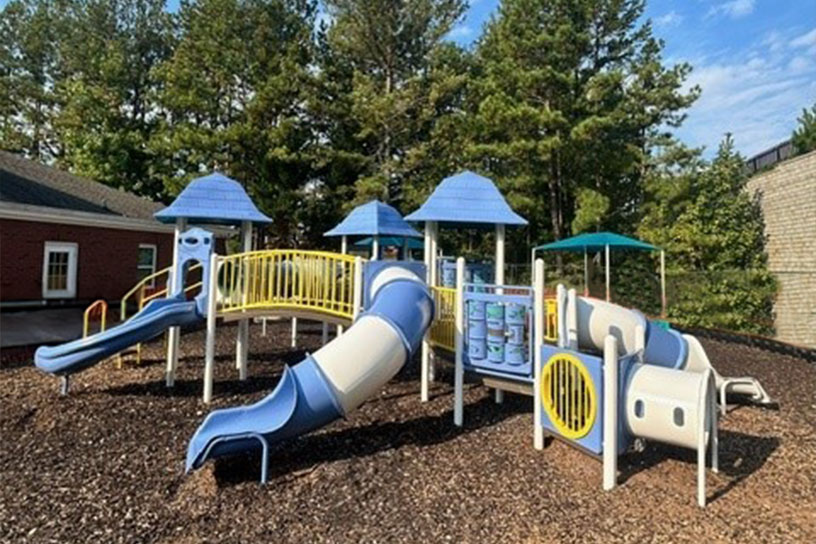Low-Frequency Playground Inspections: Long-Term Safety and Maintenance
The safety and maintenance of playgrounds are essential to providing a secure and enjoyable experience for children. One crucial component of playground maintenance is the low-frequency playground inspection. Let’s discuss what low-frequency playground inspections entail, why they are essential, and how they contribute to the long-term safety and maintenance of playgrounds.
Understanding Low-Frequency Playground Inspections
Low-frequency playground inspections refer to periodic assessments conducted at intervals longer than routine or daily inspections. While routine inspections focus on immediate hazards and daily maintenance tasks, low-frequency inspections take a more comprehensive approach, addressing less urgent but equally important aspects of playground safety and maintenance. These inspections can occur monthly, quarterly, biannually, or annually, depending on the specific needs of the playground and regulatory requirements.
Comprehensive Assessment of Playground Components
During low-frequency playground inspections, conduct thorough assessments of playground components, including equipment, surfacing materials, signage, and surrounding amenities. Inspectors should evaluate the structural integrity of playground equipment, checking for signs of wear, corrosion, or damage that may compromise safety. They also examine safety surfacing materials to ensure adequate cushioning and resilience, reducing the risk of fall-related injuries. Uncertified inspectors should consider using the Park Protector playground inspection software as a guide to their low-frequency inspections.
Identification of Long-Term Maintenance Needs
One of the primary goals of low-frequency playground inspections is to identify long-term maintenance needs and address them before they escalate into safety hazards. This may include repairing or replacing worn-out components, refreshing protective coatings, or upgrading outdated features to comply with current safety standards. By proactively addressing maintenance issues during low-frequency inspections, playground operators can extend the lifespan of equipment and minimize the risk of costly repairs or accidents in the future.
Evaluation of Environmental Factors
Low-frequency playground inspections also consider environmental factors that may impact playground safety and maintenance. A playground inspector should assess the impact of weathering, seasonal changes, and natural wear-and-tear on playground components. They may also evaluate the effectiveness of drainage systems, landscaping features, and shade structures in preserving the integrity of the playground environment. By monitoring environmental factors during inspections, we can implement proactive measures to mitigate risks and maintain optimal conditions for play.
Documentation and Compliance
Accurate documentation is a crucial aspect of low-frequency playground inspections, as it provides a record of inspection findings, maintenance activities, and compliance with safety regulations. Inspectors document observations, recommendations, and corrective actions taken during inspections, ensuring accountability and transparency in playground management. Comprehensive documentation also facilitates regulatory compliance and demonstrates a commitment to maintaining safe and enjoyable playgrounds for children.
Low-frequency playground inspections play a vital role in ensuring the long-term safety and maintenance of playgrounds. Contact us today to schedule a consultation!





